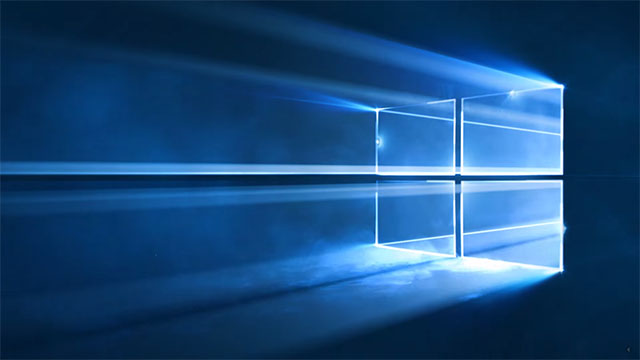Reinstalling Windows 10 on your laptop? Here is how to get around Media Creation Tool biggest problem

One of the many reasons why Microsoft Windows 10 is considered a staggering improvement compared to any previous version of Windows, is its flexible installation options.
Up until Windows 8, Microsoft Windows shipped only as a DVD, or at the very least a set of installation CDs, and should anything happen to those CDs, getting another copy from Microsoft would mean having to pay extra, plus shipping and handling, aside from the waste of time of having to wait for the new medium, while the system in need of a reinstall is sitting idle.
As of Windows 10, everything changed. Each installation of Windows 10 is licensed using a Microsoft account, which will authorize the installation regardless of the presence of a license key, which at this point is barely necessary anymore, so long as the system on which Windows 10 is being installed, is connected to the Internet.
Even better, Windows 10 can be downloaded for free, directly from Microsoft, as an ISO image, and burnt on a DVD, or loaded onto a USB stick drive, if the target computer does not have an optical drive.
The default method to create a bootable USB stick where to load Windows 10 installation files is provided by Microsoft, and is called “Media Creation Tool”. This application can be downloaded for free at the following url:
http://go.microsoft.com/fwlink/?LinkId=691209
The Media Creation Tool by Microsoft, offers a quick and intuitive wizard that allows to either save an ISO image on the local hard drive, to be burned onto an optical medium, or create a bootable media with a connected USB drive.
The process of creating a USB bootable installation medium involves the formatting of the USB stick.
Media Creation Tool mis-behaving
This process, however, is not without the occasional snag, and a particularly annoying one was found by a number of users, the majority of whom have signed up for the Windows 10 Insider program.
In short, for some users, it may happen that as the Media Creation Tool attempts to format a USB drive, the process not only fails, but also deletes the partition table of the drive in question. If that weren’t bad enough, users may even find the drive impossible to format using File Explorer.
Damage control
In such event, the only possible workaround is to type in “Disk Management” in Cortana, and click on the first option that appears, which will be the Disk Management administration panel, an administrative application where users can manage local volumes, such as local hard disks, and external drives like USB sticks.
Disk Management user interface is split in two parts. At the top, a quick list of the local volumes available is displayed, with size, file system, status, and free space information. The bottom part offers a graphical representation of the list above.
Active, allocated drives are shown in blue, while unallocated, or inactive volumes are displayed in black.
To successfully bring back to life a USB stick whose partition table was accidentally deleted by the Media Creation Tool, simply right click on the unallocated volume in Disk Management, select Format. Choose “Quick format”, and click OK. Disk Management will then proceed to format the stick drive, at which point you may want to assign a drive letter to it so it can be available to the system.
The alternative: Windows USB/DVD Download Tool
This tool, which can be located at: https://www.microsoft.com/en-us/download/windows-usb-dvd-download-tool, pre-dates the official Windows 10 Media Creation Tool, and was initially devices as an alternative way to install Windows XP SP2, Windows Vista, or Windows 7, using a disk image file that could be burned onto a DVD, or in the case of Windows 10, onto a USB stick drive.
This application uses a different way to format the target drive, which is similar to the one used by Disk Management. The result is a properly formatted installation medium from which to execute a Windows 10 setup.
Ready to shop?
PortableOne has the best deals on Windows 10 Pro laptops, featuring the latest hardware-based security features, and full BitLocker encryption to protect your files from prying eyes.